Ivan Mitrovic
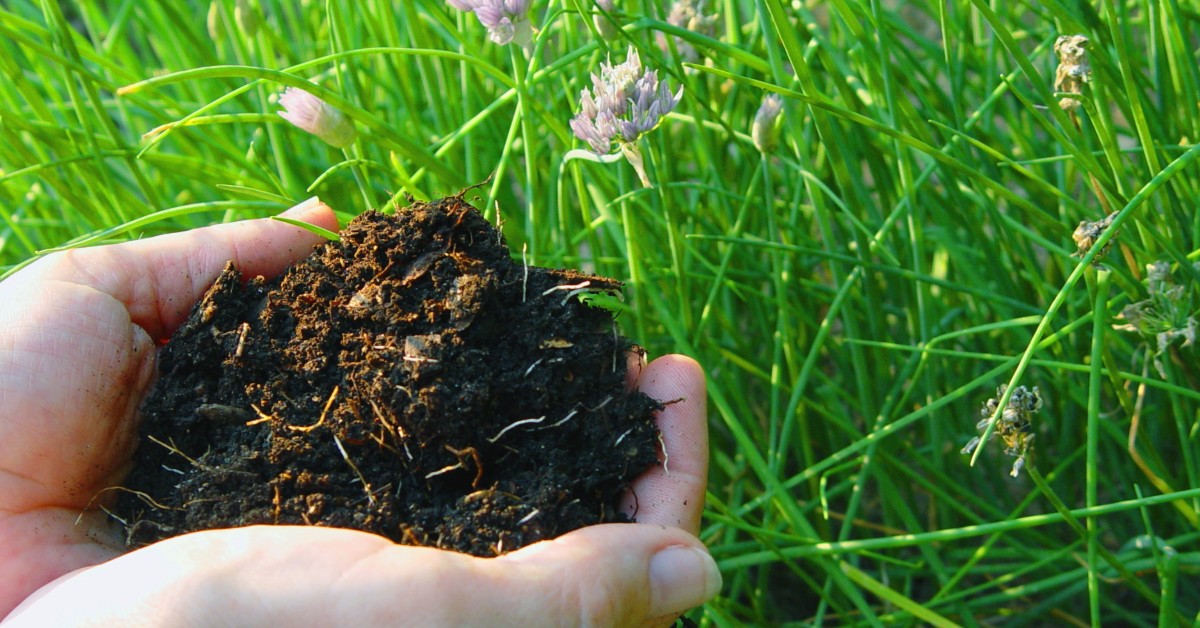
Compost is a simple recycled waste product that can increase farming yields, increase food production and ultimately decrease hunger in the communities benefiting from it. Fertility of the soils is crucial for farmers and composting is a source of essential nutrients along with soil improving properties. Compost can be a powerful tool to improve many Sustainable Development Goals and easily applicable to developing countries that often rely on farming as the main source of food and income. The involvement of the government authorities is necessary to promote composting, thru education and financial support.8
Why is compost so important?
The key role of compost is to give back nutrients into the soil, that where taken up during the growth of plants. As the nutrients are taken up, the soil loses its fertility, or in other words its yield decreases over time and the plant’s output decreases. Giving back the essential nutrients to the soil is essential for plants growth. Compost is made of decomposed organic matter, such as crop residues or animal manure. Both sources of compost are waste products of many farms and therefore it is a very cheap and useful resource1.
There are many regions in the world that rely heavily on farming to produce their food. To keep the production constant, some form of fertilizers must be applied. Many farmers think that the best solution is the addition of chemical fertilizers, which act fast and efficiently, but on the other side they are very costly and could damage the water streams nearby by eutrophication. A viable and cheap solution is indeed compost, an organic fertilizer that contains many essential nutrients such as nitrogen and phosphorus and adds organic matter into the soil. Compost can also be used as an enhancer for the chemical fertilizers over time and mitigate its negative effects because it can retain plant nutrients into the soil without letting them leach into the waters. The latter fact is a key factor of composting, because it would be useless or a waste of money to apply costly chemical fertilizers which are then simply washed out by water into the stream. Compost has the role of replenishing organic matter and nutrients as well as keeping the nutrients into the soil like a storage stock. In summary the many benefits of composting are the following1:
- Better soil structure.
- It improves the resistance of the soil against the erosive action of rain and wind.
- It retains water and releases it slowly, so that water is available to the plants (water storage capacity) over a longer period.
- It retains nutrients and releases them to the plants slowly over a longer period.
- It contains the main nutrients of nitrogen (N), phosphorus (P) and potassium (K), which become available to the plants after decomposition.
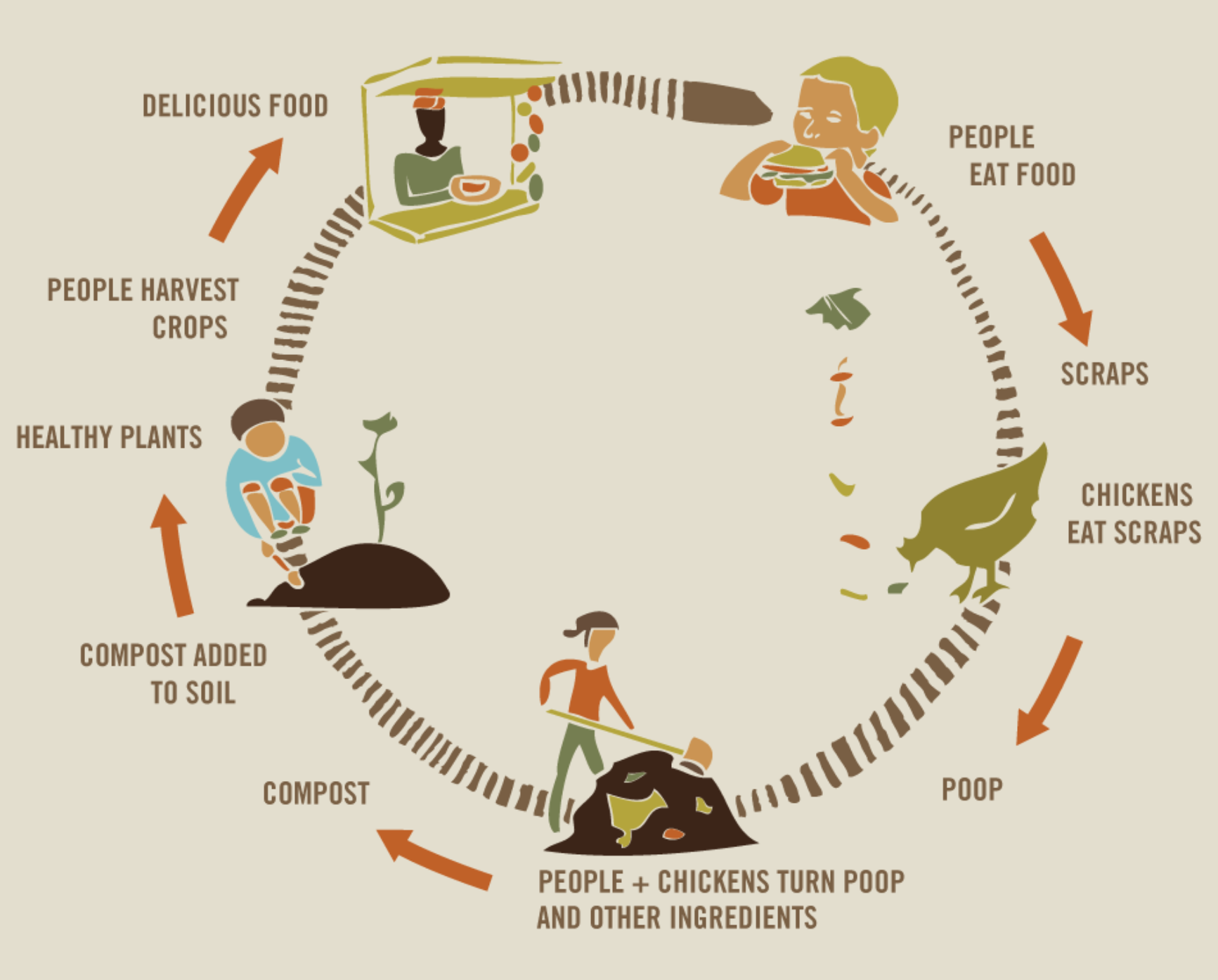
Figure 1. Example of compost cycle with crop and chicken farming.2
How to improve the utilization of compost?
In order to benefit from the composting advantages, it is important to educate the community and promote compost processes techniques. One of the main composting processes endorsed by The World Bank is Decentralized Community Composting, which allows a neighborhood to benefit from composting at relatively low costs. A community can generate between 5 to 50 tons of organic waste per day, which can be composted on a vacant, unused land3. The local government or authorities can support the project through public education, land availability, initial capital investment costs, transport and disposing maintenance (Figure 2). Another possible composting technique could be household or farming composting, which is simply using waste from a single house or farm to produce compost. The low quantities of waste and therefore compost is a disadvantage compared to Decentralized Community Composting, but its drawback is compensated by the lower space requirements and shorter transport distance to the fields. Of course, string odor or insects can be an issue, but proper composting processes have developed to reduce the unwanted smell and scavenging creatures. There are many organizations that work directly with the developing country farmers the ensure that proper guidelines for composting are followed and reduce the possible negative effects of composting.3
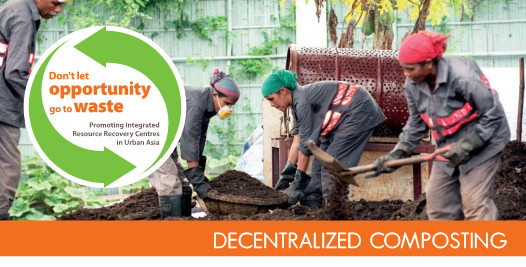
Figure 2. Decentralized composting community supported projects.4
How composting can help the SDGs?
Composting practices can help many SDGs goal, and more specifically the no poverty (1), zero hunger (2), good health and well-being (3), clean water and sanitation (6), sustainable cities and communities (11), responsible consumption and production (12), climate action (13), life below water (14) and life on land (15). This list seems excessive for a simple waste product such as composting, but let’s go through all the goals and how compost can improve the Sustainable Development Goals.1, 5
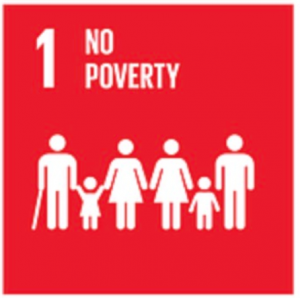 The main objective is to reduce the poverty in all of its forms and one of the targets is the dollar per day earned by people. The simple use of composting can reduce the need of using chemical fertilizers, which could be very expansive for developing or poor countries. By increasing compost use and reducing chemical fertilizers purchases one can make a step toward the target of reducing the number of people living under $1.25 a day.6
The main objective is to reduce the poverty in all of its forms and one of the targets is the dollar per day earned by people. The simple use of composting can reduce the need of using chemical fertilizers, which could be very expansive for developing or poor countries. By increasing compost use and reducing chemical fertilizers purchases one can make a step toward the target of reducing the number of people living under $1.25 a day.6
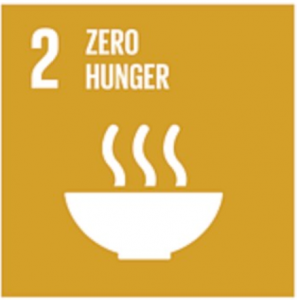 Not only composting reduces the costs for the farmers, but it can increase or keep the yield of food production high enough to guarantee food security and promote improved nutrition. In dry and hot countries composting can enhance the water storage of the soil prolongation the growth period for plants, yielding more food in larger quantities. Undernourishment could be decreased by the simple application of compost.6
Not only composting reduces the costs for the farmers, but it can increase or keep the yield of food production high enough to guarantee food security and promote improved nutrition. In dry and hot countries composting can enhance the water storage of the soil prolongation the growth period for plants, yielding more food in larger quantities. Undernourishment could be decreased by the simple application of compost.6

The improvement of the two previous goals is closely correlated with the goal of ensuring healthy lives and promote well-being. Less money spent on fertilizers and more food yield can increase the well being of people, reducing critical issues such as mortality rates or even suicide mortality rate. One could say that it isn’t possible to connect composting, with suicides, but in poor countries where the capacity of a farmer to produce food is one of the most important aspect in their lives, it can have a high impact on the well-being stressful psychological situations.6

As mentioned earlier composting can increase the storage capacity of the soil, therefore decreasing the volumes of clean water to be applied to the field and allowing alternative use of the drinkable water. On top of that the leakages of water from the farms into the nearby stream is decreased and therefore less contamination occurs in the water, which could be used downstream for other essential purposes.6

The cycle of compost showed in Figure 1 is a perfect example how a city or community could become more sustainable. Recycling waste, to increase production, could increase the land consumption rate to population growth rate. The solid waste from animals or human scraps can be used to increase compost production, which ultimately decreases the waste treatment volumes requirements.6

The importance of composting for the 12th goal is somehow obvious, because as the target 12.3 says “By 2030, halve per capita global food waste at the retail and consumer levels and reduce food losses along production and supply chains, including post-harvest losses” is exactly what composting is very useful for. The index for this target is food loss index and it could decrease if composting is applied. 6,7
 One of the major issues of climate action is the mitigation of CO2 production, which ultimately could lead to temperature changes and acidification of natural water bodies. To produce the compost, organic matter is being recycled, and the carbon component instead of being converted to CO2 and volatilize, it’s being inserted back into the soil where in can be up taken as essential nutrient.6
One of the major issues of climate action is the mitigation of CO2 production, which ultimately could lead to temperature changes and acidification of natural water bodies. To produce the compost, organic matter is being recycled, and the carbon component instead of being converted to CO2 and volatilize, it’s being inserted back into the soil where in can be up taken as essential nutrient.6
 Connected to the goal 6, composting reduces the pollutant leakages and transport into the nearby water stream. The nutrients such as nitrogen and phosphorous are essential for the plants, but in excessive concentration they could harm the water habitat by algal bloom in eutrophic conditions and remove the oxygen from the water which ultimately suffocates the fishes and other organisms.6
Connected to the goal 6, composting reduces the pollutant leakages and transport into the nearby water stream. The nutrients such as nitrogen and phosphorous are essential for the plants, but in excessive concentration they could harm the water habitat by algal bloom in eutrophic conditions and remove the oxygen from the water which ultimately suffocates the fishes and other organisms.6

Preserving the farms by maintain a proper growth yield ensures that the farmers will not require other land, and therefore decreasing deforestation. On top of decreasing deforestation composting maintains a healthy soil, which contains many microorganism and plants, allowing them to thrive and preserve the natural habitat of the land.6
In conclusion
Composting can be a powerful tool for developing countries and already developed ones. If properly implemented it could lead to large food gains, as well as environmental beneficial aspects, such as contaminants mitigation and water habitat preservation. In order to promote it the government authorities, or the communities must collaborate with farmers or households and educated them about composting techniques. Financial support from the government such as soft loans are an effective method to promote composting. It is also beneficial to the authorities because it can reduce the quantities of municipal solid waste, which is one of the major concerns in some developing countries. The participation and collaboration of many stakeholders is necessary, but the initial effort is guaranteed to pay off on the long run. As listed in the previous section many SDGs goals are involved when composting, and because of that it should be a practice endorsed and promoted in many countries and communities.8
References
- Food and Agriculture Organization of the United Nations (2010), “Preparation and use of compost”, Technical Centre for Agriculture and Rural Cooperation. http://www.fao.org/3/ca4264en/ca4264en.pdf
- Earth Matter, “Animals in the Compost Cycle”, website seen 21.04.2020. https://earthmatter.org/compost-learning-center/animals-in-the-cycle/
- The World Bank-Urban Waste Management department (2000), “Composting and Its Applicability in Developing Countries”, Working Paper Series. http://documents.worldbank.org/curated/en/483421468740129529/pdf/multi0page.pdf
- Climate& Clean Air Coalition (2015), “Decentralized composting in developing countries – leaflet”. https://www.waste.ccacoalition.org/document/decentralized-composting-developing-countries-leaflet
- Revolve, “Sustainable bio-waste management” website seen 21.04.2020. https://revolve.media/sustainable-bio-waste-management/
- United Nations, “Sustainable Development Goals”, website seen 21.04.2020. https://www.waste.ccacoalition.org/document/decentralized-composting-developing-countries-leaflet
- Urbanicity (2002), “Markets for Compost – a key factor for success of urban composting schemes in developing countries”. https://www.eawag.ch/fileadmin/Domain1/Abteilungen/sandec/publikationen/SWM/Market_Demand/Zurbruegg_2003_Key_factor.pdf
- Eawag-Department Sanitation, Water and Solid Waste for Development, “Decentralised Composting”, website with projects and papers seen 21.04.2020. https://www.eawag.ch/en/department/sandec/projects/mswm/decentralised-composting/
Media Attributions
- hand compost
- Compost chicken cycle
- Decentralised composting
- 1
- 2
- 3
- 6
- 11
- 12
- 13
- 14
- 15